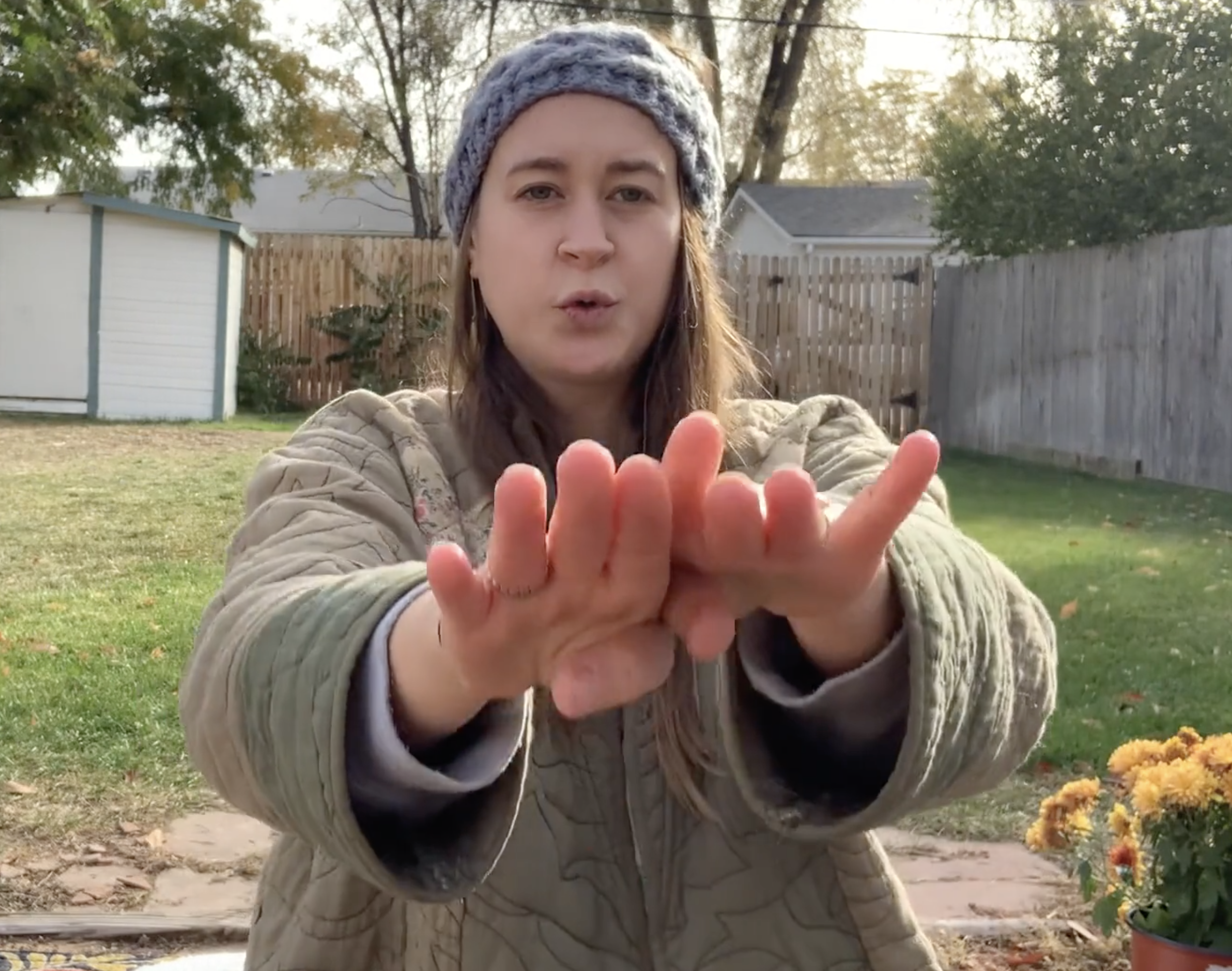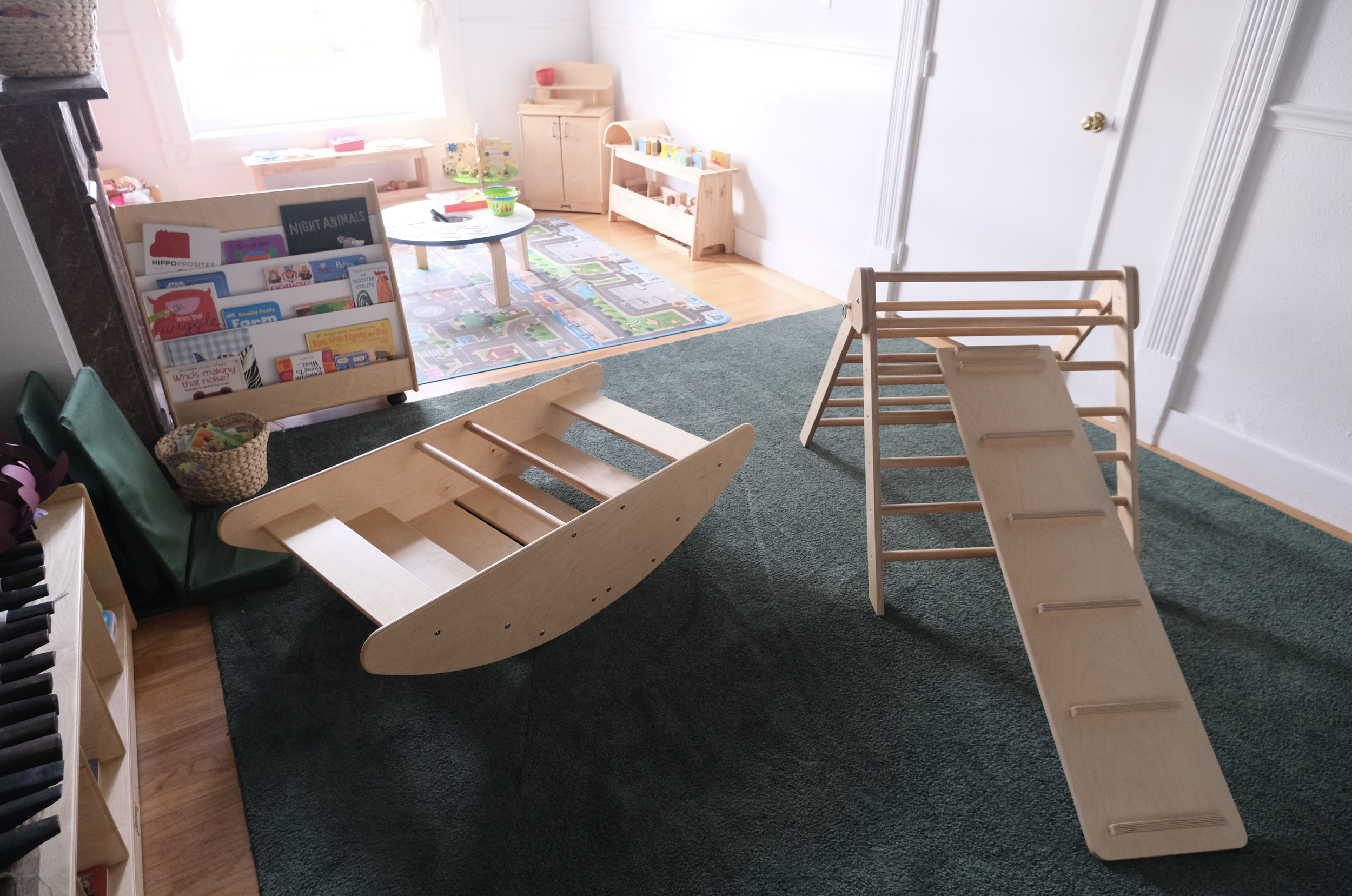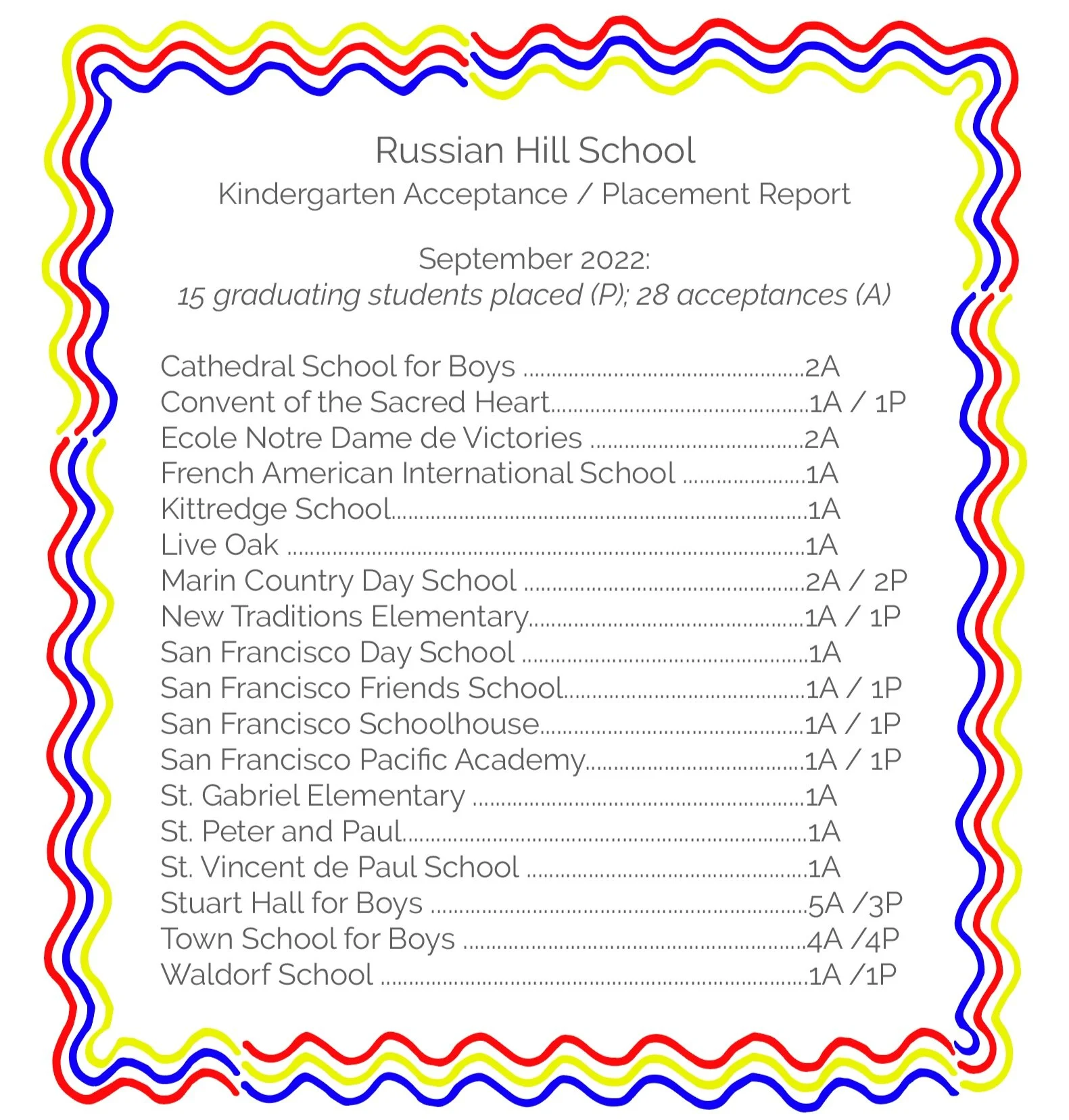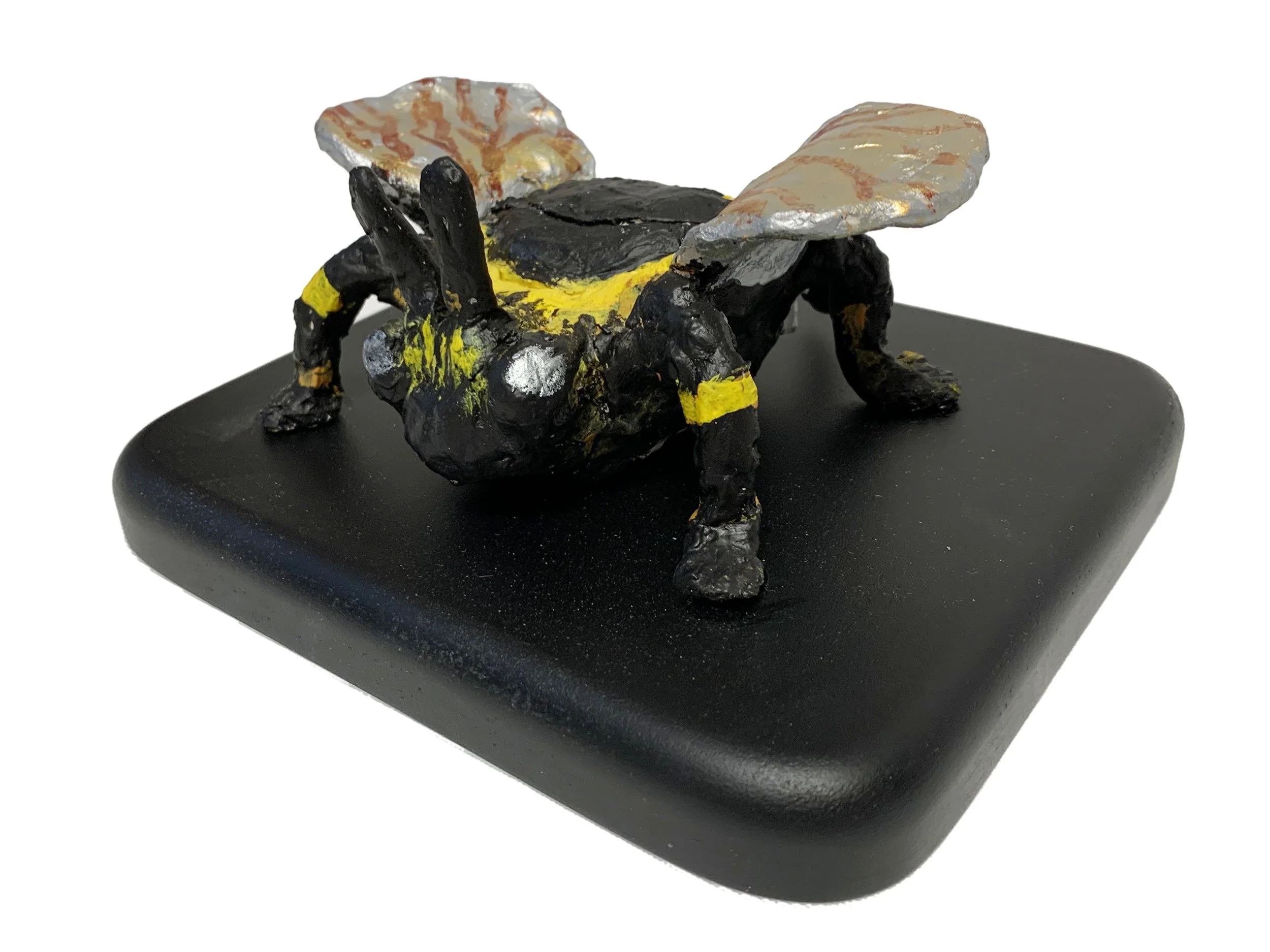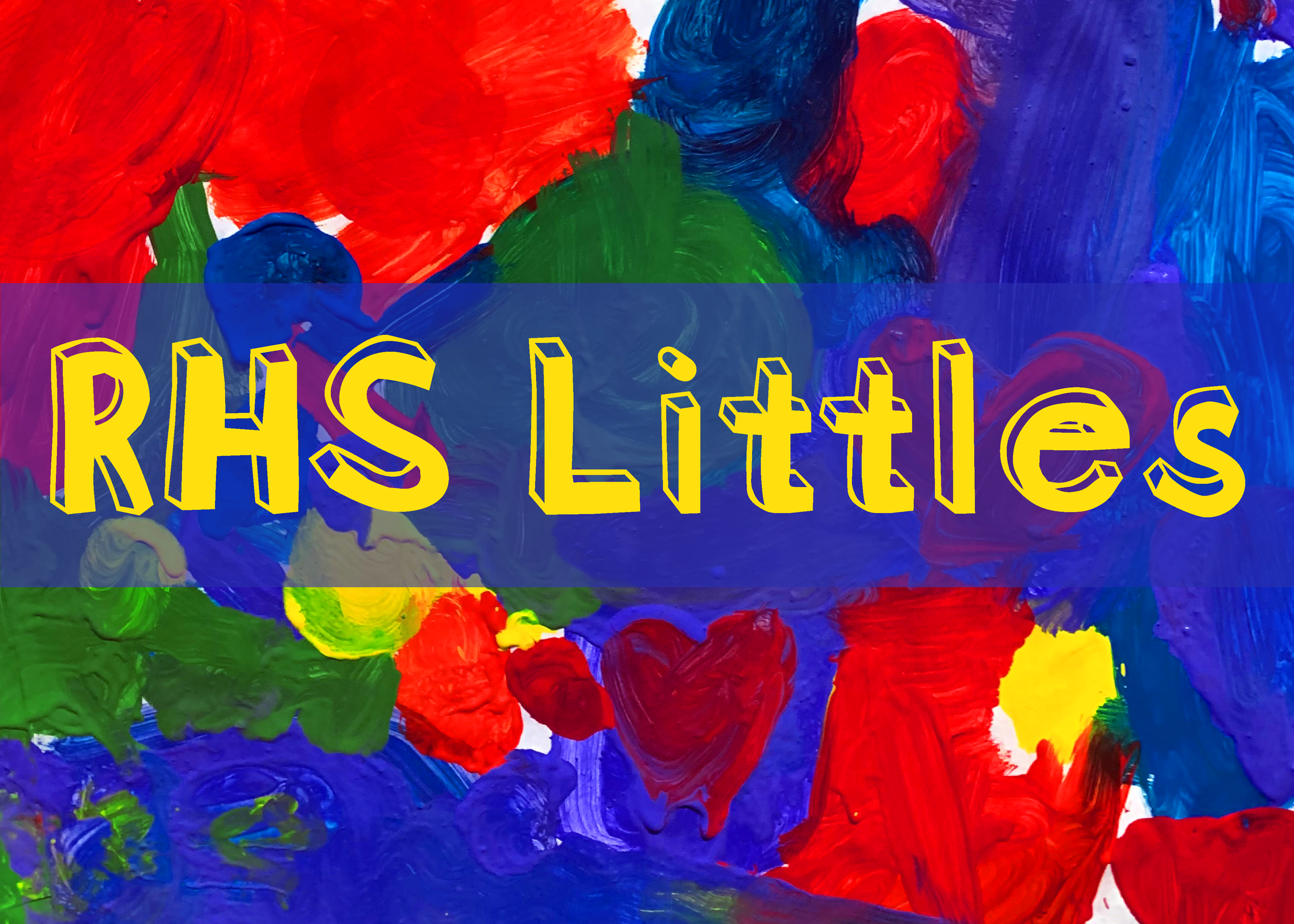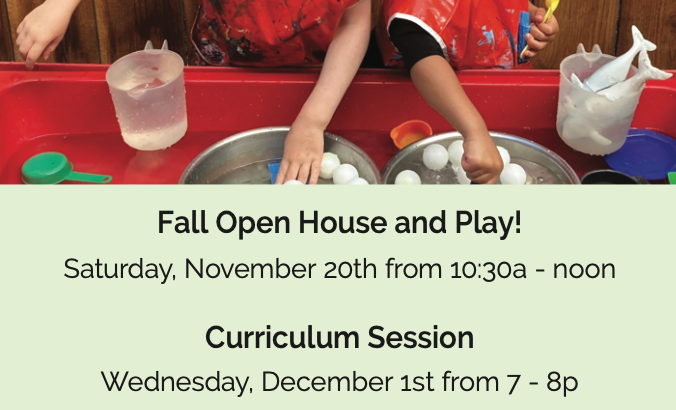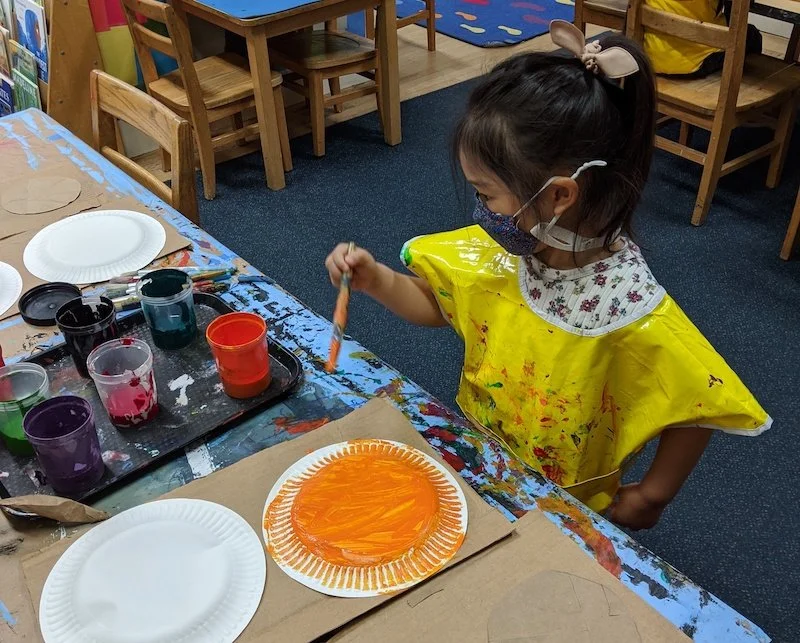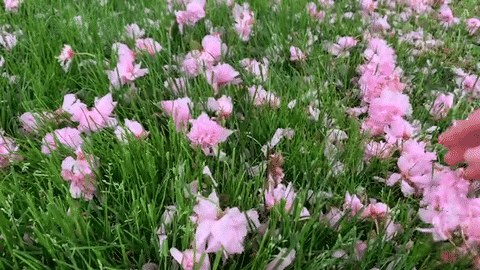Dear Friends of Russian Hill School,
For this Fall’s ECE at Home, the focus is Social Emotional Learning. SEL is such a core part of early childhood learning everyday at RHS that we want to give it the spotlight it deserves. We also have a lot of exciting announcements: launching RHS Littles, Friendship Groups, Arts-Integrated Enrichment Classes, and more. Let's hop in!
Congratulations to our RHS graduates of 2022! We are so proud of you, it was a true privilege to support the first stage of your educational journey.
Youngest friends ~
RHS Littles is a two day per week class led by Master Teacher Kirsten Hove. The Russian Hill School Toddler Program serves families with children ages 2-3 years of age. At Russian Hill School we believe that very young children learn everything they need to know through play, social engagement, and an introduction to the arts.
We are Music Makers, music and movement classes, is also led by Teacher Kirsten. Classes are held on Tuesdays and Thursdays for walkers and crawlers. Music is a universal language. It is made up of sounds, rhythms, and patterns. As practicing singers, dancers, and music makers, simple pattern recognition strengthens connections in the brain which supports reading and math skills, self regulation and so much more. From practicing classic nursery rhymes to grooving to middle eastern ensemble music, We Are Music Makers is designed to support the emotional, physical and cognitive health of all who participate.
Birthday Parties at RHS! Our two-hour turn-key fuss free parties highlight fabulous age specific fun: welcome play time followed by (you choose) music & movement or an individualized art class topped of by an hour free play & time for cake.
School aged friends ~ K-3
We have a unique arts-integrated class lineup for this coming holiday break November 21st & 22nd:
Making Connections Through Puppet Arts & Play
Mixtures, Masses, Curds and Whey Cool Science
Jewelry with Teacher Kirsten
Click here to learn more about these classes. Space is limited, so sign up for these classes now!
Friendship Groups: TK and grade school aged children can benefit significantly from social and emotional learning in small friendship groups. Led by trained child development specialists utilizing the SuperFlex® curriculum, students gain confidence by building and practicing social and emotional and self awareness skills in the teacher guided group setting and through one on one interactions. These core SEL skills, such as self regulation, learned and practiced with peers - support students back in their classrooms, in their team sports, and at home with family.
Here’s a fun playlist of some of our Social Emotional Learning Videos.
Playlist:
Teacher Stephanie’s Life Lessons
Waterfall Breath
Exploring Emotions
Halloween Open House & Play: October 29th, 10 - 12:30pm
We invite all families to join us for a morning of fun, halloween art, and even some not-so-spooky science experiments!
Our exciting new enrichment space!
Resources
Making Friends Dramatic Play Theme
Join us for this wonderful DPT made by RHS Teachers!
The Gottman Institute - Emotion Coaching: The Heart of Parenting
Continuing education is an integral part of RHS. We recently completed the Emotion Coaching course from The Gottman Institute during our monthly Teachers' meeting. This is a wonderful course for all!
Helping Children Manage Emotions
Here are some supportive resources for you to help your child express and label their feelings. In the PDF below you will find a list of children's books about feelings, emotion charts, and the 5 steps for emotion coaching from John Gottman's book, "Raising an Emotionally Intelligent Child."
Emotion Coaching Resources (PDF)
Feelings Chart & Thermometer
We love to use the Feelings Chart / Thermometer in the RHS Classroom. This simple chart helps us practice our feelings vocabulary and helps us understand our feelings when emotions run high. More advanced charts are easily available for when children master the first. A robust feelings vocabulary helps children to get the inside out!
Happy Learning!
Best,
RHS
P.S. Please feel free to share with parents near and far to send a little ECE love across the globe!



